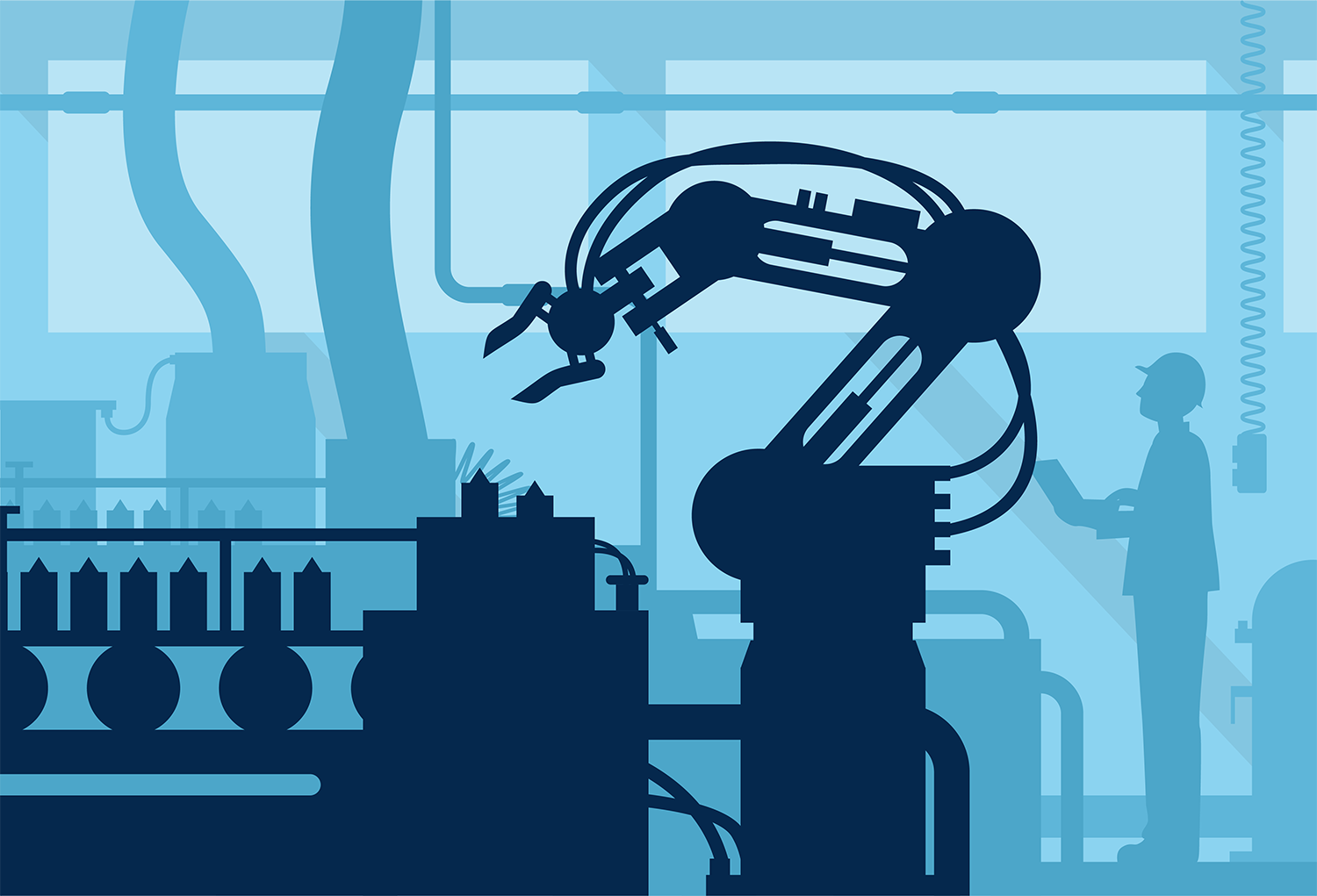Lorenzo Valerio (Ubiquitous Internet research unit) seeks new solutions to improve industrial manufacturing processes

What do a US multinational that deals with components and systems for aviation, the most important Italian car manufacturer and an Emilian industrial technology company have in common? The answer lies in the OK-INSAID project, which links these three realities with the research thread. Lorenzo Valerio, technologist of the Ubiquitous Internet research unit of the IIT-CNR, explains what the project consists of.
“We have three case studies, three companies that participate in the project (funded by MIUR, the Italian Ministry of Education): Avio (General Electric), FCA and SACMI. The goal is to make factories smarter thanks to new technologies that we are developing and testing for the first time”. Specifically, Valerio deals with artificial intelligence systems for the quality control of what is produced and intelligent predictive maintenance algorithms, which allow us to understand if a machine is about to break down before the damage becomes evident. A line of research which, if applied to case studies such as those of the OK-INSAID project, contributes to the evolution of technologies for the so-called Industry 4.0.
Rapid and safe
“We are talking about pure research, single case studies. There are no prepackaged products” Valerio points out. When dealing with companies, there are a number of constraints to be respected. First of all, privacy. Which entrepreneur would accept the risk that the data relating to their production could end up in the hands of the competition? Then, secondly, but certainly not less important, there is the communication between the various machines that are part of the chain, which must be fast and efficient. “To meet these needs, we rely on edge computing technology, that is, we work on distributed data, which are located at the border of the network”, explains Valerio. To better understand what edge computing consists of, just think of the amount of data we generate with our smartphone. All this information travels through the network and ends up in data centers, for example Google or Facebook, which process the information centrally. “Edge computing does exactly the opposite”, he explains, “allowing data to be stored and analyzed where it is produced”. The technology is still relatively little used, but it represents an interesting research field, especially in some areas, among which there is that of industry.
To better understand what edge computing consists of, just think of the amount of data we generate with our smartphone. All this information travels through the network and ends up in data centers, for example Google or Facebook, which process the information centrally. “Edge computing does exactly the opposite”, he explains, “allowing data to be stored and analyzed where it is produced”. The technology is still relatively little used, but it represents an interesting research field, especially in some areas, among which there is that of industry.
So let’s go back to smart factories, where the machines communicate with each other via edge computing, and therefore more rapidly and efficiently (there are no intermediate steps) and more safely (no one, outside the perimeter of the building, has access to the information).
An (artificial) brain in the department
All this, however, also has negative aspects: “In fact, there is less data available. This could represent a limit when I want to use the data collected to develop machine learning and artificial intelligence algorithms, which need a large amount of data to work at their best”.
With machine learning, a program is able to understand if a machine is about to produce a defective part thanks to experience. It has previously seen a lot of data relating to the production of defective parts, so it recognizes that we are in a similar situation again. It is easy to understand that, in order for the algorithm to be trained in some way and for it to work, many examples are needed, which a single company alone cannot hope to provide.
To solve the problem, Valerio and colleagues study technologies capable of making multiple businesses collaborate, which can share the most significant data, without however going into too much detail. “It is like when we tell friends about our holidays at dinner, summarizing the best moments, selecting only certain experiences and without showing the photos”.
The project is still ongoing. “Our goal is to be able to predict if during the manufacturing the pieces produced maintain the quality standard or if we are shifting towards the degradation of the piece produced. This is crucial for a company, because it enables you to stay a step ahead, making corrections in order to maintain quality and reducing costs and waste”.
Bibliographical references
Energy efficient distributed analytics at the edge of the network for IoT environments
A communication efficient distributed learning framework for smart environments